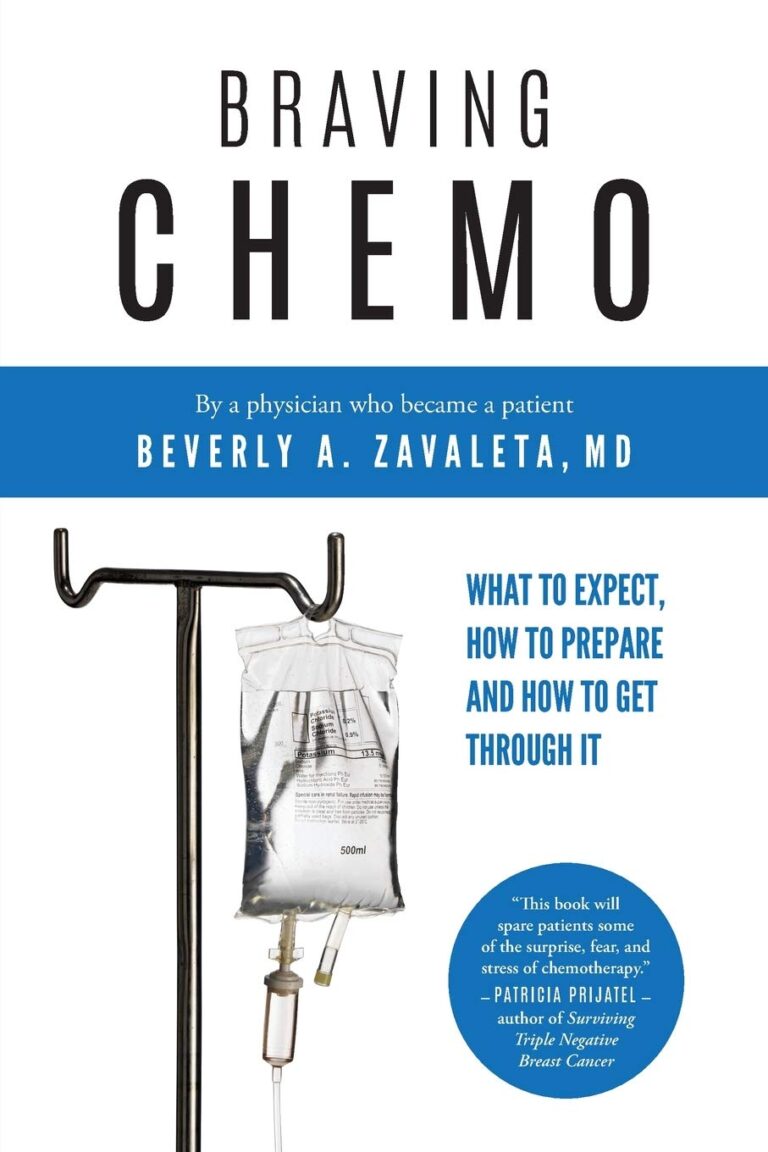 Ductal carcinoma is a form of breast cancer that starts from the milk ducts. As one of the most common and significant women’s health issues globally, understanding this form of cancer is vital for prevention, early detection, and treatment. The discussion around ductal carcinoma carries immense importance due to its prevalence and the increased recovery chances with early detection.
Ductal carcinoma is a form of breast cancer that starts from the milk ducts. As one of the most common and significant women’s health issues globally, understanding this form of cancer is vital for prevention, early detection, and treatment. The discussion around ductal carcinoma carries immense importance due to its prevalence and the increased recovery chances with early detection.
Definition of Ductal Carcinoma
The medical definition of ductal carcinoma is a type of breast cancer developed in the cells lining the milk ducts, the pathways that transport milk from the lobules (where milk is produced) to the nipple. Its defining hallmark is its origin, distinguishing it from other types of cancer that may occur in different areas of the breast or body. This specificity in classification assists healthcare professionals in determining the most suitable treatment plan.
Physiology of the Breast
The breast is a complex structure comprising various components, including glands, ducts, and fatty and fibrous tissues. Its primary function is milk production for breastfeeding. In particular, the ducts play a crucial role as they transport milk from the glandular structures to the nipple. However, these ducts can become cancerous, leading to ductal carcinoma as abnormal cells grow uncontrolled within the duct lining.
Types of Ductal Carcinoma
Ductal carcinoma can be broadly categorized into two types: Ductal Carcinoma in Situ (DCIS) and Invasive Ductal Carcinoma (IDC). DCIS is the initial stage where cancer cells are confined to the inner lining of the ducts. If these cells proliferate beyond the ducts into the adjacent breast tissue, it progresses into IDC. The key difference rests in their spread, which impacts the treatment approach and prognosis.
Risk Factors and Causes for Ductal Carcinoma
Several factors contribute to the risk of developing ductal carcinoma. Genetics strongly influences the susceptibility with certain mutations like BRCA1 and BRCA2 significantly increasing the risk. Long-term hormonal factors, including early menstruation or late menopause, use of hormone replacement therapy or contraceptive pills, also contribute to the risk. Lifestyle and environmental factors such as alcohol consumption, obesity, and radiation exposure are associated with heightened risk too.
Diagnosis, Stages, and Treatments of Ductal Carcinoma
Ductal carcinoma is typically detected through mammography, though a biopsy provides a definitive diagnosis. Staging of the cancer, based on its size, lymph node involvement, and metastasis, guides treatment options. These options may include surgery to remove the tumor, radiation therapy, chemotherapy, hormone therapy, or targeted therapy. The treatment plan is tailored based on the patient’s specific condition and overall health.
Living with Ductal Carcinoma
Living with ductal carcinoma involves utilizing effective coping mechanisms such as engaging in regular exercise, maintaining a healthy diet, having adequate sleep, and seeking psychological support. Additionally, a robust support network comprising family, friends, healthcare providers, and support groups is crucial in managing the physical and emotional challenges associated with ductal carcinoma.
Preventive Measures
While some risk factors such as genetics are uncontrollable, lifestyle modifications can reduce the risk of ductal carcinoma. Regular exercise, a nutritious diet, limiting alcohol consumption, and avoiding or limiting hormone therapies after menopause can be beneficial. Regular screening through mammography can enable early detection, increasing the likelihood of successful treatment.
Conclusion
Ductal carcinoma, being a prevalent form of breast cancer that originates from the ducts, can significantly impact women’s lives worldwide. Early detection through regular screening greatly enhances the prognosis, making it essential to stay aware and proactive about breast health.
Frequently Asked Questions
- What is the main cause of Ductal Carcinoma?
The exact cause of ductal carcinoma is not entirely clear; however, a combination of genetic, hormonal, lifestyle and environmental factors contribute to the risk.
- How common is Ductal Carcinoma?
Ductal Carcinoma is the most prevalent type of breast cancer, accounting for around 80% of all breast cancer cases.
- Is Ductal Carcinoma curable?
Yes, especially when detected early, the success rate of treatment is high. However, the prognosis varies depending on the specific characteristics of the cancer and the individual’s overall health.
- What is the difference between Invasive Ductal Carcinoma and Ductal Carcinoma In Situ?
DCIS is contained within the duct, while IDC spreads beyond the duct, invading surrounding breast tissues.
- What are some preventive measures for Ductal Carcinoma?
Maintaining a healthy lifestyle, including regular exercise, a balanced diet, limiting alcohol intake, avoiding radiation exposure where possible, and having regular mammograms can help prevent and detect ductal carcinoma early.

















Comments
Thank you. Comment sent for approval.
Something is wrong, try again later